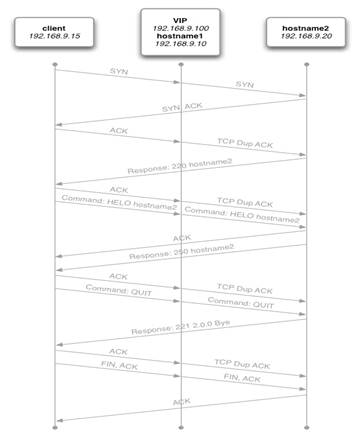In some circumstances and deployments, dual highly available HAProxy is required. In a single-node deployment HAProxy becomes the single point of failure in the deployment and adds potential reliability concerns.
Also, if the HAProxy needs patches, updates, or other maintenance, the HAProxy becomes a single point of downtime. To remediate this concern, deployment of two HAProxys and Keepalived is used to ensure one node is always available. The configuration of the HAProxy can be exactly same across nodes, simply adjusting for local node IP addresses. In most cases the first deployed HAProxy virtual machine can simply be cloned and used as the secondary node.
Failover of a failed HAProxy node by using Keepalived has been tested to occur in less than 5 seconds depending on the network variables. The failover period was rarely noticed by the user or effecting the UI session, during the limited testing. Keepalived uses Linux Virtual Router Redundancy Protocol (VRRP) and multicast advertisements from the primary node. If the primary node stops sending advertisements the backup proceeds to send a gratuitous ARP to the network and taking ownership of the VIP address and owns the hardware address that primary previously owned. The primary and the backup monitor each other with multicast events at a rate of once per second.

